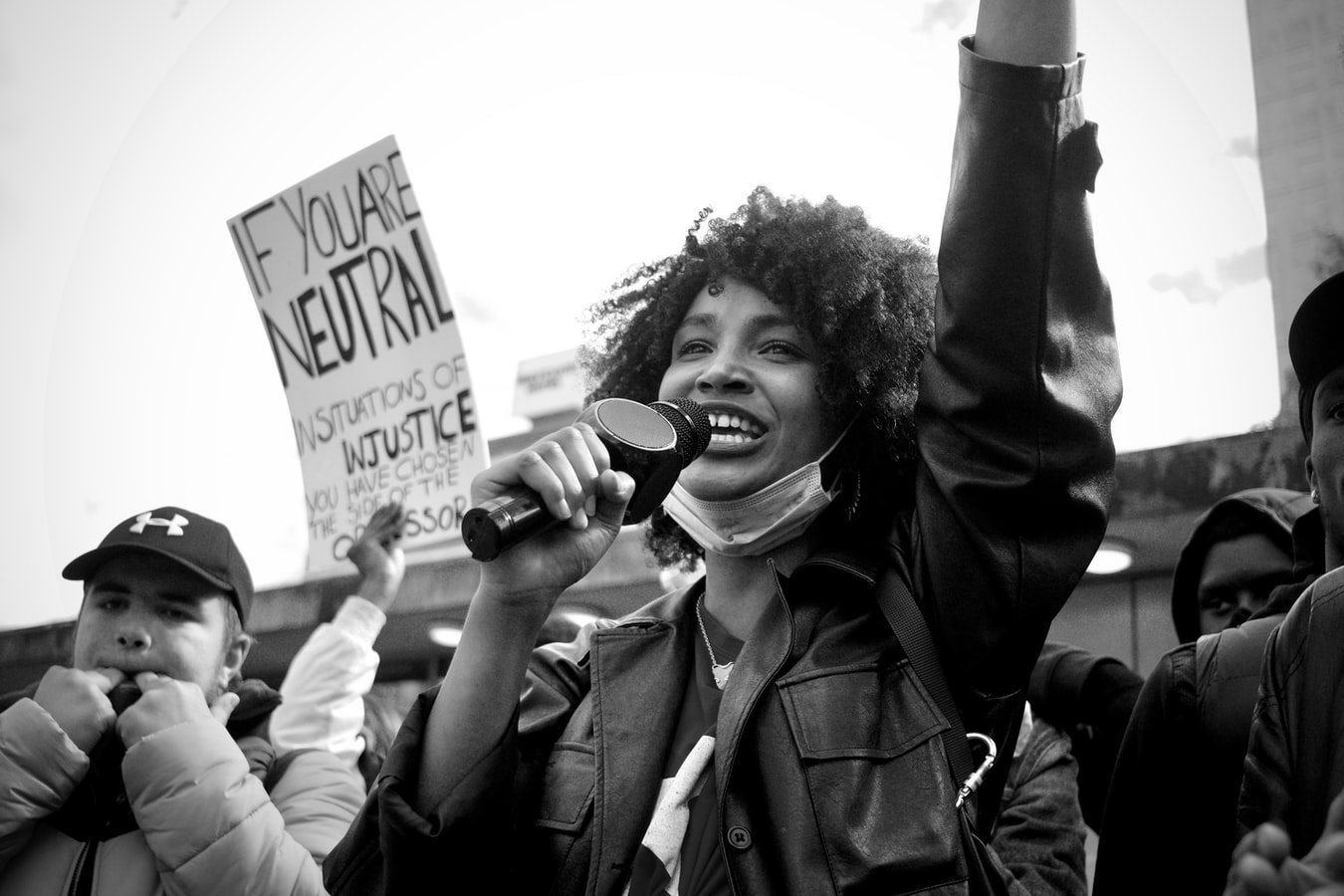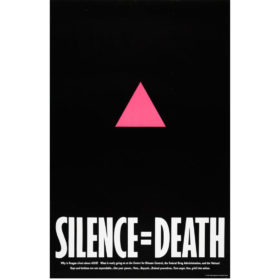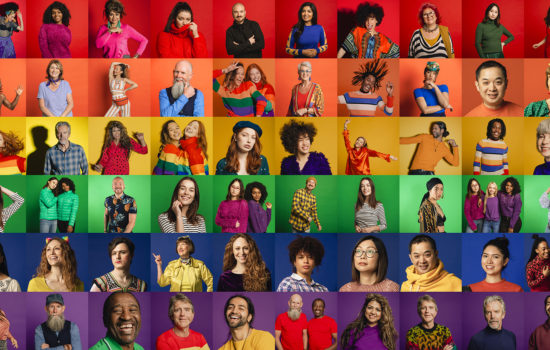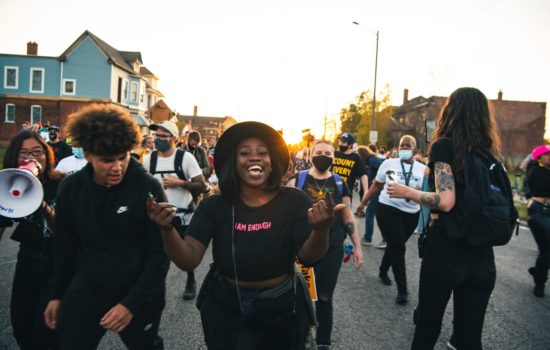
Smoking is a social justice issue & we are fighting for our lives.
Due to heavy marketing from the tobacco industry, our smoking rate is higher than the general population, and LGBTQ+ people of color experience even higher rates. Menthol tobacco products have been heavily marketed in low-income, people of color, and LGBTQ+ communities. Stress, discrimination, and a lack of access to competent healthcare play a big role in keeping us hooked to these products.
History of Tobacco Marketing
Black, Indigenous & People of Color
1985
“It seems to me that homosexuals have made enormous progress in changing their image in this country….A few years back they were considered damaging, bad and immoral, but today they have become acceptable members of society….We should research this material and perhaps learn from it.” -Philip Morris company executive, 1985
1990
LGBTQ leaders call for national boycotts due to tobacco company support for anti-LGBTQ legislators
1991
By 1991, Philip Morris increases donations to ACT-UP and other HIV/AIDS research organizations
1992
In 1992, Philip Morris publishes its first tobacco advertisement in Genre Magazine, a magazine geared towards gay men
1992 cont
“Barriers are beginning to fall. It [tobacco advertising] says, ‘We respect you as consumers and we want your business…I would gladly accept tobacco advertisements” – Jerry Williams, publisher of Gay Chicago, 1992
1994
Mid-1990s, Philip Morris markets Benson & Hedges to be the gay brand, but gay men more frequently purchase Marlboro. Their research speculates that the Marlboro Man is part of the gay fantasy.
1995
In 1995, R.J. Reynolds created and implemented Project SCUM (“Subcultural urban marketing”) in the Castro of San Francisco to get gay men and the homeless to use Camel cigarettes
1998
In 1998, tobacco companies in the United States were sued and forced to pay for the damage their products caused, release documents about marketing strategies, and were banned from certain advertising.
2006
Electronic cigarettes are approved for sale in the United States.
2010s
As the popularity of social media increases, more tobacco and E-Cig brands open accounts on platforms such as Facebook, Snapchat, Youtube, and Instagram to promote products and events.
2015
Swisher Sweets launches their Artist Project campaign to highlight music of up-and-coming artists through live concerts that are promoted on their Youtube channel.
2016
In May 2016, blu Ecigs launches their “Just You & Blu” campaign that features a drag queen.

LGBTQI+
- People who identify as bisexual are 2 times more likely to start smoking or be current smokers.
- LGBTQ+ people are 3 times more likely to be exposed to tobacco coupon messages on video streaming websites such as Hulu.
- 35.5% of transgender people are current smokers.
- In one year, LGBTQ+ communities spent more than 12 times as much on cigarettes than was donated to all LGBTQ+ causes combined.
Transgender people who are uninsured are 4 times more likelyto smoke
1 in 4 LGB youth are getting addicted to nicotine by vaping
40% of LGB youth used commercial tobacco in the last year
97% of youth who vape are vaping with flavors including menthol
Youth who had ever used an electronic cigarette were 5 times more likely to be diagnosed with COVID-19
- Black transgender youth are 6 times more likely to vape than black cis youth.
- Asian transgender youth are 3.5 times more likely to vape than asian cis youth.
- Those with minority identities that experience a combination of homophobia, transphobia, racism, and other forms of discrimination are more likely to have higher rates of tobacco use.

Black, Indigenous & People of Color (BIPOC)
Brains don’t finish developing until the mid-20s and nicotine can disrupt that development by reducing impulse control and learning It also increases the risk of nicotine addiction and mood disorders.
We put our lungs through a lot and it’s important to take care of them. When we smoke at younger ages, we decrease our lung growth and function. This can affect us in adulthood and throughout life.
In addition to lung cancer, smoking can cause cancer almost anywhere in the body including the liver, stomach, mouth, and blood.
We’re in control!















